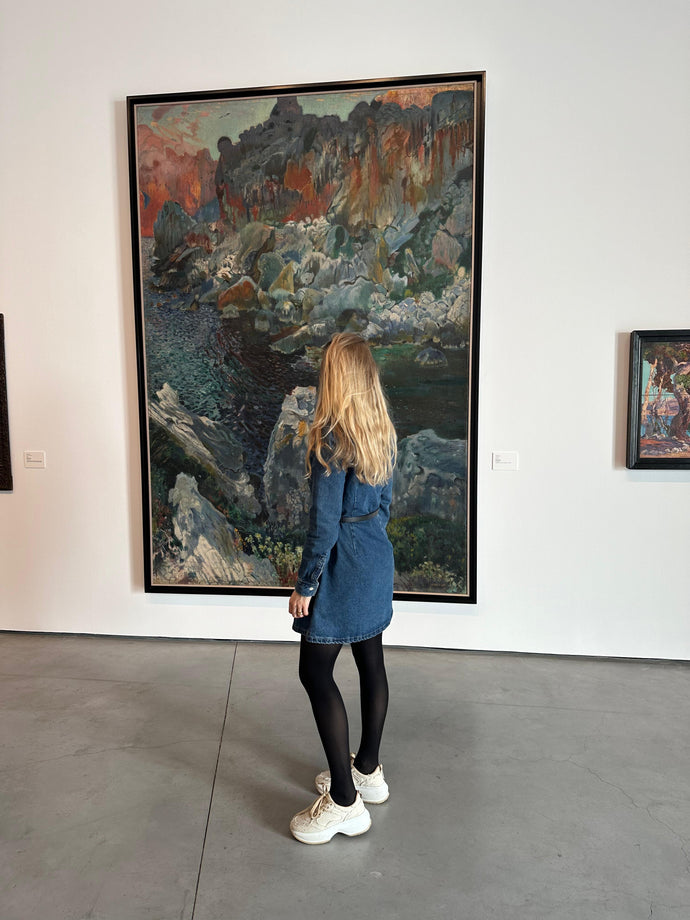A new era of still life
For centuries painters have been depicting inanimate objects from their direct surrounding such as flowers, rocks, food or vases. Still life is probably one of the most popular genres ever.
By the late 16th century still life had developed as a professional specialization in Western painting and hasn’t lost significance up until the present day. Still Life presented itself as a very flexible and cost-effective genre for the artist just having to look around himself for inspiration and new possibilities of composition. Before the 17th century still life more often than not comprised religious symbolism hidden in the painted subjects.
Contemporary still life
Today, still life continues to be a very vibrant genre and is often produced with a range of different media such as photography, digital graphics, and even video. The popularity of contemporary still life is very compatible with the omnipresent hygge trend, a lifestyle that is the expression of a new, social form of homely comfort in the midst of a stressful modern city life.
We show you how 4 artists interpret still life in a new way, creating works that are vigorous, fantastical while speaking of an emerging zeitgeist. To purchase any of these pieces click on the image or contact us directly.
Millie Kelly paints as if putting a puzzle together composed of the world around her. Bringing together sometimes mysterious objects from different spheres of life she lays open her thought process that is often influenced by popular imagery from her childhood.
Anna Christina Nendza creates very playful images featuring everyday life objects. Food is one of her favourite motives when painting. She often paints food that is integral to her personal family life such as ice cream, due to its different textures and colours a varied piece to paint.
Korean artist Soo Young Chung explores herself and others through everyday spaces and mundane objects. Her paintings, depicting biographical objects of an imagined persona, act like portraits of this persona unfolding the shared yet very intimate language of the everyday.
London based artist Elizabeth Power uses abstract mark-making full of colour to capture the movement and compelling beauty of flowers and plants. With a colour palette rich in pastel and coral pinks, forest greens and cool blues, her recent works exude a Miami, tropical vibe.


